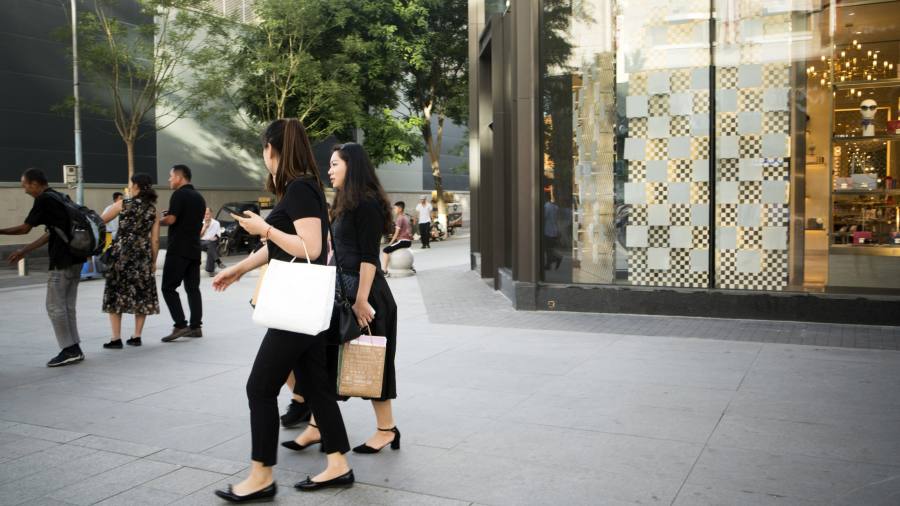In the west, theories about Chinese consumers are as elaborate, numerous and frequently wrong as those concerning the exact political intentions of president Xi Jinping.
US companies expected Chinese shoppers to celebrate the end of lockdowns last year with a return to free-handed spending. Stocks with links to China rallied as investors piled in on the reopening trade.
First-quarter results from a number of blue-chip US companies show that bulls were over-optimistic. A China discount is still in order when it comes to investing in US companies heavily exposed to the world’s second-biggest consumer market.
Cosmetics group Estée Lauder, coffee giant Starbucks and chipmaker Qualcomm have all cautioned that a slower than expected economic recovery in China will weigh on sales. The stocks, which had priced in a China rebound, have either given up their gains for the year or are close to doing so.
Luxury goods companies are a notable exception. Tapestry, owner of the Coach and Kate Spade brands, reported a quarterly 20 per cent jump in China sales on Thursday. But the results were flattered by easier comparatives. The company, which generated about 15 per cent of its sales from China last year, suffered a mid-teens percentage decline in sales in the prior-year period.
Rich Chinese consumers will go on buying pricey handbags, no matter what. Investors in more prosaic stocks should temper expectations.
Estée Lauder is a case in point. Shares in the cosmetics group trade at about 60 times forward earnings. That is a recovery play, but the recovery depends partly on a solid performance in China which generates a third of sales. Qualcomm generates two-thirds of its sales from China. It trades on nearly 13 times forward earnings, above its one-year average.
The economy is growing modestly by Chinese standards. The country’s property market remains in a downturn. Youth unemployment has surged. This is reflected in the performance of the domestic stock market. Both the MSCI China index and the CSI 300 index have lagged behind the S&P 500’s 8 per cent gain this year.
After dropping 15 per cent in 2022, the MSCI World China Exposure index, which tracks 50 foreign businesses with high Chinese revenues, has gained 4 per cent this year. The best theory about Chinese consumers is that, like Xi, they will continue to defy any positive western expectations.
Read the full article here



